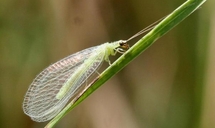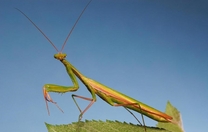Beneficial insects can be found in many gardens. It’s very important that gardeners take steps to protect and encourage beneficial bugs.
Scientists estimate that there is a decline in the abundance of insects of around 1-2% each year. In some areas, this can lead to a 10% decrease in insects every decade. Insects provide valuable roles in the food chain around the world. But, they also can provide other benefits.
Benefits of Insects
Different garden insects provide different benefits. Pollinators, including butterflies, bees, and wasps are some of the most notable beneficial insects. They transfer pollen between plants, allowing them to produce seeds. This allows us to have many foods, medicines, and fibers.
However, some insects and bugs also serve as predators for pests. They will consume other species that could otherwise cause harm to your garden.
Other beneficial species break down dead animal and plant material. This means quicker recycling of that material. Finally, some are beneficial simply because they serve as a food source for birds and other small critters.
Interested in our 100% Organic Beneficial Insect Release?
Most Common Beneficial Insects
Pollinators
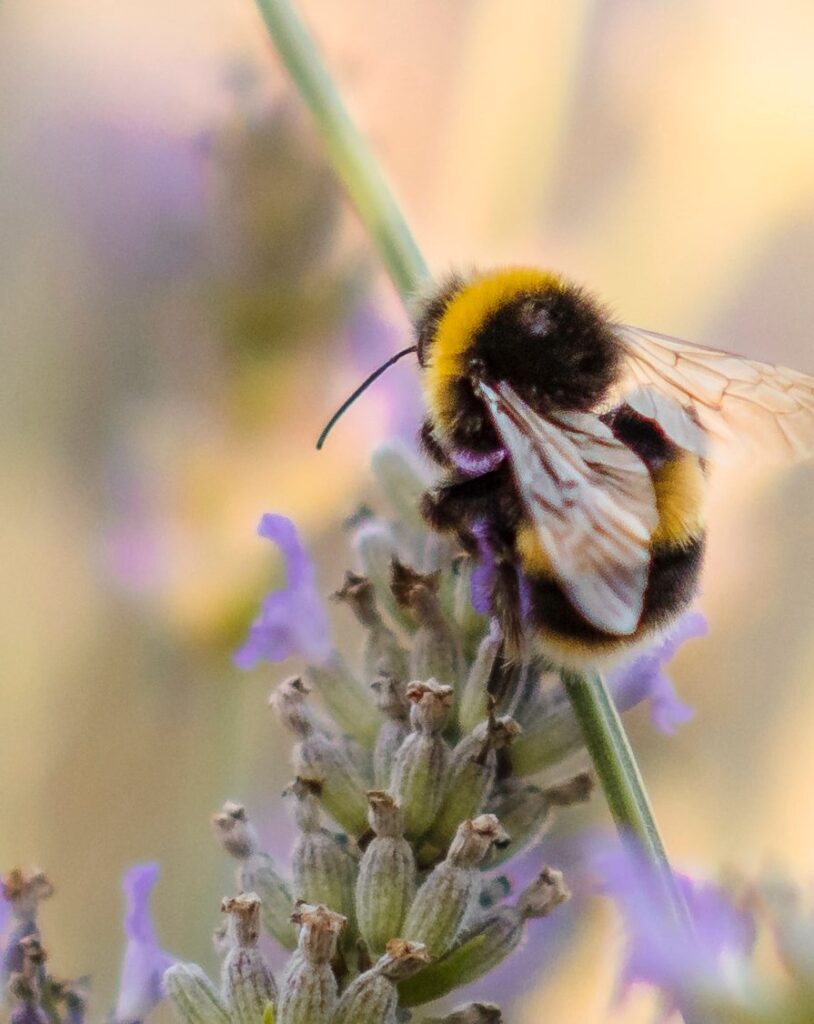
Bees are one of the most talked-about beneficial insects. They are excellent pollinators. Recently, the decline in the bee population has made their plight and importance more well known.
Butterflies and moths also serve as pollinators. Many of these species are also food sources for birds and bats, which themselves are beneficial species.
When most people think of flies, they don’t usually think of any benefits. However, some species of flies, such as the flower fly and tachinid fly are pollinators.
Hoverflies are often mistaken for wasps. However, they don’t have the wasp shape of a large abdomen and a small waist. Plus they don’t sting. Hoverflies are actually beneficial because they are pollinators and their larvae eat aphids and other pests.
Predators
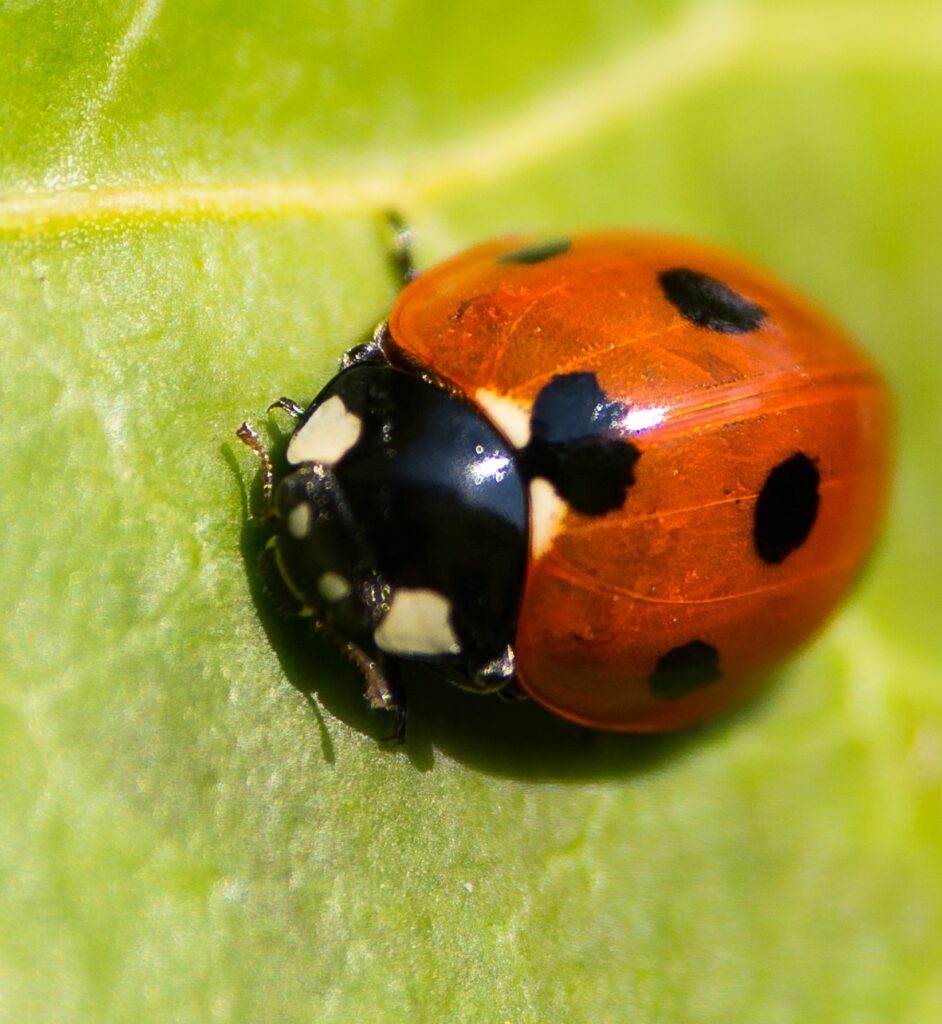
Ladybugs don’t just look cute, they are actually beneficial predators. Ladybugs eat aphids and spider mites, both of which are common destructive pests.
Parasitic wasps don’t sting, but they still help control pests by laying eggs on or in the pests. Once the eggs hatch, the larvae eat the host. Parasitic wasps are so efficient at controlling pest populations that they are used in large-scale agricultural operations and greenhouses.
Ground beetles prey on larger pests including slugs and snails. They vomit digestive enzymes on their prey to eat them quicker. Ground beetles can help reduce the need for slug pellets in your garden.
Centipedes consume a large variety of prey both above and below ground. This includes slugs, woodlice, and flies.
The spined soldier bug or soldier beetle is a very common predatory stink bug. It attacks 20 different species including corn earworm, Colorado potato beetle, and diamondback moth. They are sold for commercial use in control programs in heated greenhouses.
Problems Facing Insect Species
As discussed earlier, many insect species are facing declining numbers. This problem has especially impacted many beneficial insect species.
For example, between 1947 and 2005, there was a 40% reduction in the number of honeybees in the US. Honeybees are one of the most important pollinator species in North America. In the past 20 years, the monarch butterfly population declined by 90% as well.
Other pollinator species including bats, birds, butterflies, skippers, moths, beetles, and flies are listed as endangered in the US. Between these, at least 33 species are endangered.
Many of these problems are caused by loss of habitat, chemicals, and diseases. Without intervention, their numbers will continue to decline.
Homeowners and other gardeners can make a difference. By providing a safe place for beneficial insects to live, you can help stop this decline.
Choosing Plants to Encourage Beneficial Insects
Since some insects and bugs provide so many benefits, it’s important to protect them and encourage them to live in nearby gardens. There are a number of ways any gardener can make their garden more hospitable to insect species.
A perfectly manicured lawn does not provide any benefits to insects. Lawns lack food, cutting grass reduces flower availability and fertilizers and pesticides can kill insects. However, installing a small meadow or flower grouping can help insects.
Choosing native plants and hybrids of native species is also beneficial for beneficial insects. Trees, shrubs, and flowers are all helpful. Single flowers are better than double-flowering plants because they are more accessible to pollinators.
It’s also best to offer flowers year-round (as best as is possible given your climate). This ensures pollinators have food sources at various times during the year. Containers, hanging baskets, and fruit trees are easy ways to have more year-round flowers.
Cultural Practices to Protect Beneficial Insects
To encourage beneficial insects, try to cut down on pesticide use. Even mosquito sprays, which are non-selective, kill large numbers of beneficial pollinators. Plus, you may not need it anyway, since natural pest predators can accomplish the same thing.
While you might want to have a perfect-looking garden, leaving it a little bit untidy is more helpful to garden insects. Many live in leaves and old wood. Composts heaps can be good shelter too.
You can also build deadwood, scrapwood, or packing material piles in your garden. Beetles, bees, ladybugs, and other beneficial species will thank you. Just be sure to sanitize them between seasons.
Although they’re small, insects and bugs need water too. You might want to consider installing a birdbath. Surrounding it with shade trees and shrubs will help keep the temperature lower. Insects such as stoneflies and mayflies breed in cooler water.
Finally, replace white outdoor lights with yellow or warm-hued LEDs. Whit lights interfere with feeding and breeding. Plus attracting insects in swarms makes them easy targets for predators.
More Steps to Take For Beneficial Insects
Your local university extension office may have additional resources that are specific to your area. You can even see if your nearby garden store carries local plants. Many do and also have staff with experience that could be valuable to you.
Be on the lookout for beneficial insects that may be in your garden. Take a few steps to encourage them to make their homes nearby. Talk to a certified arborist from RTEC on how to keep your trees healthy and beneficial insects happy.
100% Organic Pest Management Through Beneficial Insects
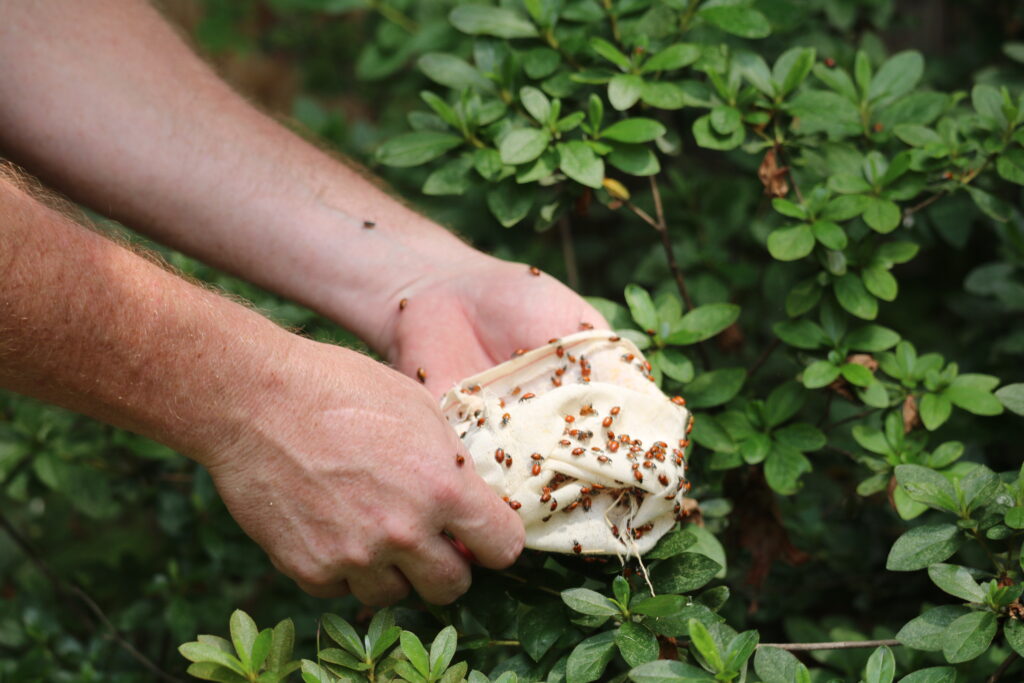
At RTEC, we are not only mindful of beneficial insects when we provide tree work, but we also provide a program that incorporates beneficial insects!
RTEC’s Beneficial Insect Release (BIR) Program is THE ONLY 100% ORGANIC SOLUTION for pest management on your property. Why? Because instead of chemicals that are used by many other tree service companies, this pest management solution only uses beneficial insects to control bad insects.
The program is based on the insect food chain. There are plenty of insects that can harm your trees, shrubs, flowers, plants and vegetable gardens. What better way to control them than using their natural predators? RTEC Arborists, trained in beneficial entomology, will provide recommendations according to your property’s needs and release the beneficial predators or egg masses to restore the healthy and natural balance to your landscape. The date of service can be coordinated so that you and your children can be involved with the release, too.
Who Is Beneficial Insect Release (BIR) Program Suited For?
- Environmentally conscious homeowners
- Individuals sensitive to chemicals
- Those concerned about their children and pets being exposed to chemically treated landscapes
- Schools, Parks, Hospitals, Greenhouses, etc.
- Anyone interested in eco-friendly solutions and lifestyle
Insects Used In Our BIR Program Include:
If you’re interested in our beneficial insect release program, call us at 703-573-3029 or book an appointment online to meet with one of our Certified Arborists.

